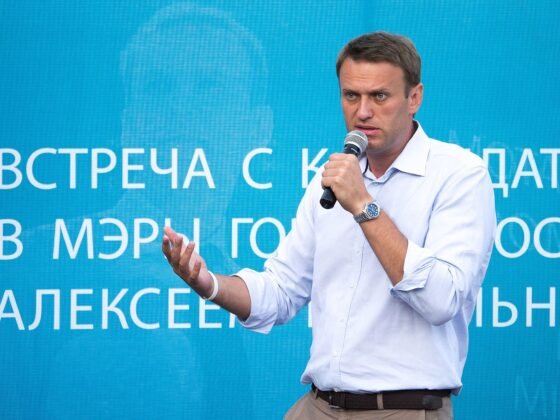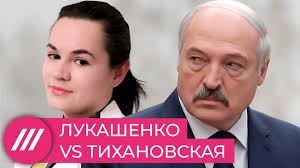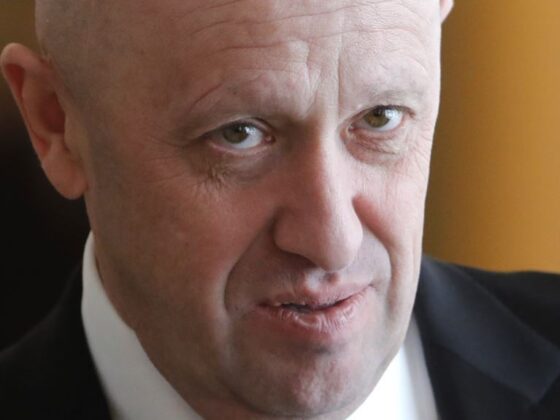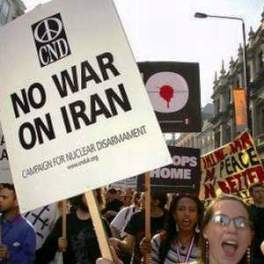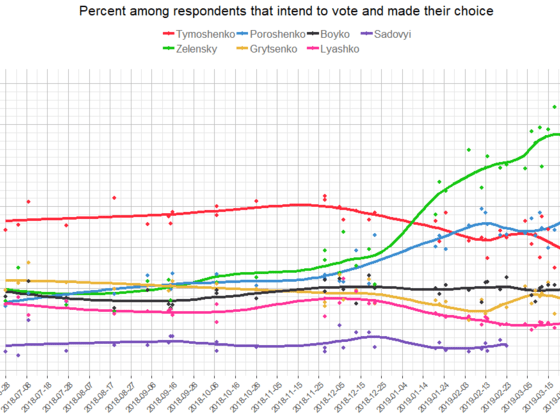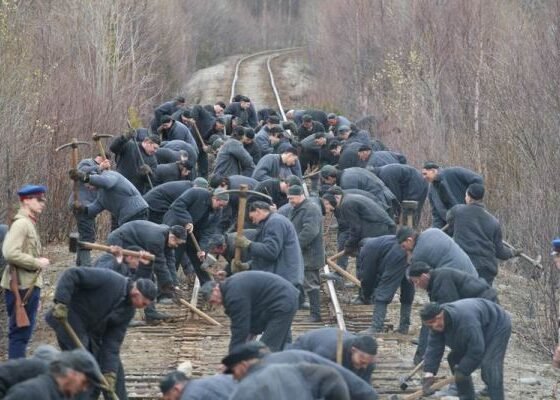(Global Affairs) The USSR ceased to exist in December 1991, but the dramatic events of the two subsequent decades have shown that it is premature to view its collapse as a closed chapter of history. The termination of the Soviet Union’s existence as a legal fact and the historical process of its disintegration are different things. The country that accounted for one-sixth of the planet’s land is gone from the world map, but the disintegration of Soviet statehood persists. Like the breakup of the Western Roman Empire does not boil down to the abdication of Romulus Augustus, or the French Revolution to the storming of the Bastille, or Russia’s 1917 October Revolution to the October 25 (in the Julian calendar) coup, the breakup of the USSR is not confined to the December 1991 Belovezha declaration by heads of states of Russia, Ukraine and Belarus on its dissolution. That the process still continues is evidenced by eight armed conflicts, the de-facto emergence of new states (two of which have won international, albeit limited, recognition), unending border disputes, ethnic and religious clashes, and regional conflicts. In 2008 a precedent was created when the borders of former Soviet republics were redrawn. Given unsettled ethno-political conflicts, it is hard to predict when and how these borders will be recognized, and where the self-determination process, launched by Mikhail Gorbachev’s perestroika policy, will stop. […]
See the article | © Globalaffairs.ru

